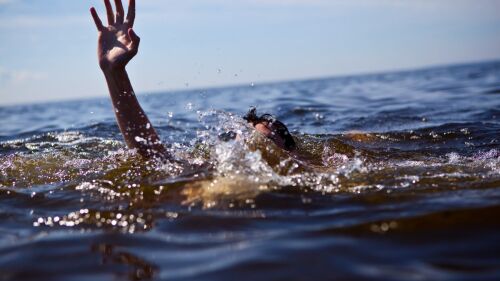As a parent and former lifeguard, I find drowning incidents such as the drowning and death of Trigg Kiser, the 3-year-old son of social media influencer Emilie Kiser, heartbreaking. Kiser was unconscious when he was pulled out of a pool on May 12.
The CDC estimates there are 11 drowning deaths per day in the U.S., a staggering number. Drowning is the leading cause of death for children ages 1-4 and the second leading cause of death for children ages 5-14.
Drowning prevention
In almost all cases, drowning is preventable and most times occurs in pools or swimming areas where adults and/or lifeguards are present.
Regardless of the season, but especially during the busy summer swimming season, remember these important tips to prevent drowning while you are at the pool or beach:
- Only swim in designated swimming areas.
- Children and adults should never swim alone or without a lifeguard/observer, regardless of their swimming ability.
- Swim with and near a buddy of equal swimming ability.
- Don’t swim in currents, waves, or water temperatures beyond your swimming abilities.
- Restrict children’s access to swimming pools with fences, gates, and doors. It is especially important to lock sliding glass doors from the house that lead to the swimming pool.
- Never swim under the influence of drugs or alcohol. Intoxication is often a contributing cause to drowning.
- Do not play breath-holding games for fun or to build lung capacity. They are dangerous and ineffective.
Supervise children in the water
Parents, don’t abdicate your child’s safety to a lifeguard, other children or other adults. If you are not in the water, swimming with your child, continuously visually monitor your child. Even experienced child swimmers drown. Eliminate or minimize distractions, like your smartphone, eReader or book, while you watch your child.
Recognize a swimmer in trouble
Finally, recognize a swimmer in trouble. A swimmer with their head above the water, calling for help, and vigorously moving their arms and legs has enough oxygen to participate in their rescue. Use coaching, encouragement, ring buoy, pole, or a rescue tube to assist the swimmer to safety.
A swimmer who is barely able to keep their head out of the water is lethargic; if they are is not calling out for help, they are in immediate danger. They likely don’t have the awareness or strength to reach out to a rescue tube or assist in their own rescue. Ideally, a trained lifeguard or rescue swimmer goes to the swimmer in danger to make the rescue. If a lifeguard isn’t available, bystanders need to call 911, quickly assess the risks and determine if the conditions are safe to resuce the swimmer before they slip below the water’s surface.
This article, originally published August 06, 2009, has been updated with additional resources.














